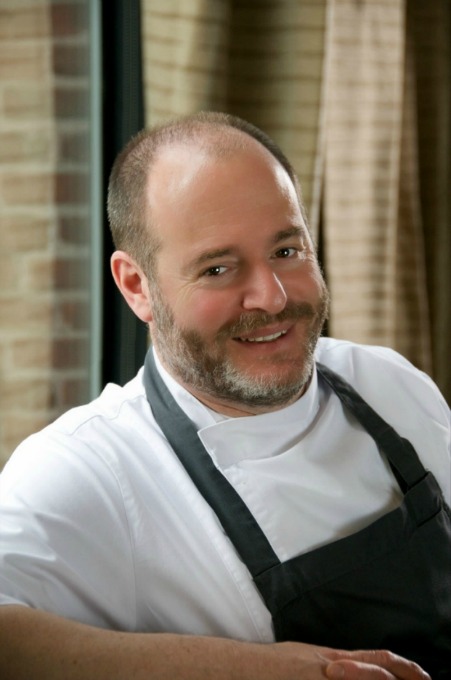
Starting on April 1, Chef Tusk will be unveiling four separate, regional Italian menus that his diners can choose from. The regions chosen were Piedmont, Emilia Romagna, Tuscany, and Veneto. Each menu is $75.00 a person and includes six courses: antipasti, sformato, primi, secondi and dolci.
The Manual caught up with Chef Michael Tusk to discuss Cotogna’s new menus and his culinary background.
Obviously, you have a deep appreciation and love for Italian food; when did you first become attached or interested in Italian cooking?
I would say meeting Paul Bertolli in his last year at Chez Panisse was definitely the inspiration.
Has winning a James Beard award changed your approach to cooking at all? Do you feel a heightened sense of duty to the food community?
I feel like I have always challenged myself and my kitchen crew to succeed so I don’t feel any abnormal pressure beyond the pressure I put on myself. Every chef should want to make a difference, so there is no pressure; just the desire to do better and inspire your staff to do the same.
When did the regional menu idea first come to you? Why?
My inspiration is all about paying homage to where certain dishes come from. I felt if I could educate my staff about regional food differences, then when they explained it to our diners, it would help the guest better understand the connection between the food and the wine of a particular region.
At the same time, preparing these menus allow for me to show what is so great about both California and Italy, which is the “materia prima” that allows food to be cooked in an Italian fashion. Basically, just trying to elevate the product and pay respect to what we sometimes don’t fully appreciate. If you think a cook works hard, I always also try to respect what the farmer has given us. Their jobs have just as many, if not more challenges than a chef.
How did you decide on the specific regions for the menu?
The regions are based on my travels: where I have been and where I would like to go. Food is usually a reflection of where or who and what you have been inspired by. I chose regions that matched up well with what we have in California. Piedmont was the initial inspiration, and Tuscany and Umbria came about because our grill is meant for the famous Bistecca alla Fiorentina. However, in the spring/summer I will probably be more inspired by the cuisine of Rome and Sicily.
How difficult was it to come up with each menu?
It was actually quite easy writing the menus. A lot of dishes I saw or made in travels and stages in Italian restaurants. The hard part is not taking short cuts and being committed to training the staff who might not have traveled to Italy at all. The confidence I have in my sense memory of the flavors that I tasted makes it much easier to write a menu.
I think good chefs remember everything they have eaten in their life and can recreate it through both memories and also recipe documentation.
Which menu is your favorite?
I like the Tuscan menu because it is inspired by my very first trip to Italy. I remember sitting at a farm table eating my first bistecca. Sitting next to us was a table of eleven Germans, and everyone had a giant steak!
Is there anything you are hoping that your clientele will gain from the themes on the menu?
I like it when my guests taste something and we talk about how I learned to cook it and where they can go taste it in Italy. Guests also tell me about their travels and bring back menus for me. It starts a dialogue that you need. Chefs love to talk about food and wine. I learn from the guest and hopefully they can learn or simply enjoy the food of a region and then go travel there.
What else are you looking forward to in 2013? Food, your restaurants or otherwise?
Starting work on a book and opening a new restaurant. Food is always on my mind—you have to think about it all the time or else you are in the wrong business.


